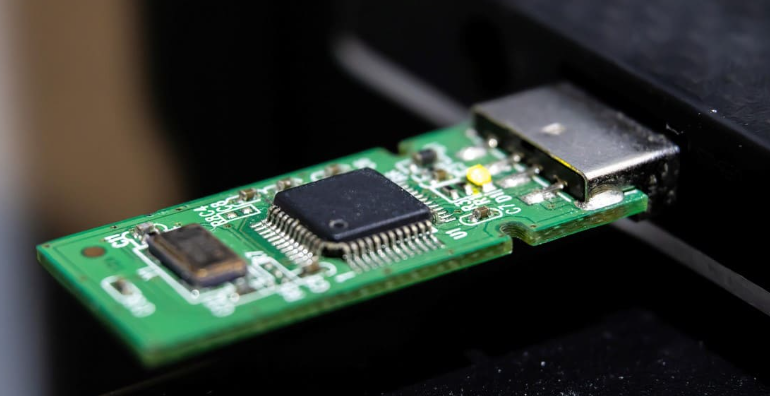OUTLINE:
Unlocking the Secrets of Flash Memory
 179
179From smartphones and digital cameras to SSDs and embedded controllers, flash memory is used in a wide range of devices that we use every day. Join us as we unlock the secrets of flash memory and discover how this innovative technology has transformed the digital electronics industry.
Introduction
Flash Memory in Digital Electronics (sometimes called “flash RAM”) is a type of constantly-powered nonvolatile memory that can be erased and reprogrammed in units of memory called Blocks. It is a variation of electrically erasable programmable read-only memory (EEPROM) which, unlike flash memory, is erased and rewritten at the byte level, which is slower than flash memory updating.

Flash memory is often used to hold control code such as the Basic Input/Output System (BIOS) in a personal computer. When BIOS needs to be changed (rewritten), the flash memory can be written to in block (rather than byte) sizes, making it easy to update. On the other hand, flash memory is not useful as random access memory (RAM) because RAM needs to be addressable at the byte (not the block) level.
Flash memory gets its name because the microchip is organized so that a section of memory cells are erased in a single action or “flash”. The erasure is caused by Fowler-Nordheim tunneling in which electrons pierce through a thin dielectric material to remove an electronic charge from a floating gate associated with each memory cell. Intel offers a form of flash memory that holds two bits (rather than one) in each memory cell, thus doubling the capacity of memory without a corresponding increase in price.
Features
Flash memory is a type of non-volatile computer storage that can retain data even when the power is turned off. There are several aspects of flash memory that are important to consider, including:
Capacity: Flash memory can have varying storage capacities, ranging from a few gigabytes to several terabytes.
Speed: Flash memory is typically faster than traditional hard disk drives, but the speed can vary depending on the type of flash memory and its interface.
Endurance: Flash memory can only handle a certain number of write and erase cycles before it begins to degrade. The endurance of flash memory can vary depending on the type of memory and how it is used.
Cost: Flash memory can be more expensive than traditional hard disk drives, but the cost has been decreasing over time as the technology has become more widespread.
Reliability: Flash memory is generally considered to be reliable, but there is always a risk of data loss or corruption.
Form factor: Flash memory can come in a variety of form factors, including USB drives, SD cards, and solid-state drives.
Security: Flash memory can be encrypted to protect data from unauthorized access, and some flash memory devices also have built-in security features such as fingerprint scanners.
Technology: There are several different types of flash memory, including NAND, NOR, and 3D NAND. Each type has its own strengths and weaknesses, and is used in different applications.
Application
Flash Memory in Digital Electronics is used in digital cellular phones, digital cameras, LAN switches, PC Cards for notebook computers, digital set-up boxes, embedded controllers, and other devices.
- In smartphones, flash memory is commonly used for storing the device's operating system and user data, such as photos, videos, and music.
- In digital cameras, flash memory is used to store photos and videos captured by the camera. With the increasing popularity of high-resolution imaging, larger storage capacities are needed to accommodate the large file sizes. In response, manufacturers have continued to increase the capacity of flash memory used in digital cameras.
- MP3 players also use flash memory for storing music files, with larger storage capacities allowing for more songs to be stored on the device. Similarly, USB drives use flash memory for storing files such as documents, photos, music, and videos.
- Finally, SSDs use flash memory for permanent storage of data and operating systems. Due to their high speeds and reliability, SSDs have become popular as primary storage devices in many consumer electronic devices, as well as in laptop and desktop computers.
Overall, flash memory plays a crucial role in the digital electronics industry, with its small, durable, and flexible nature making it well-suited for a wide variety of applications.

Disclaimer: The views and opinions expressed by individual authors or forum participants on this website do not represent the views and opinions of Chipsmall, nor do they represent Chipsmall's official policy.

share this blog to:

